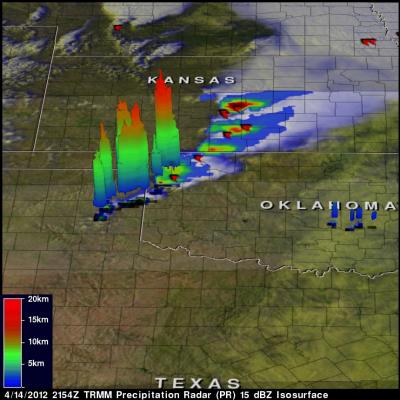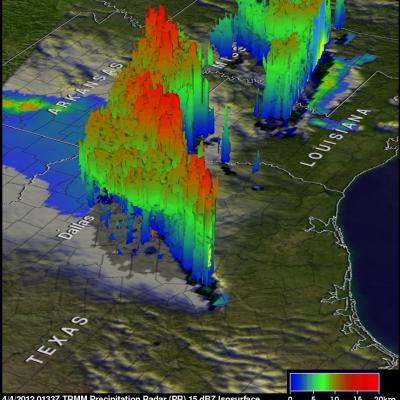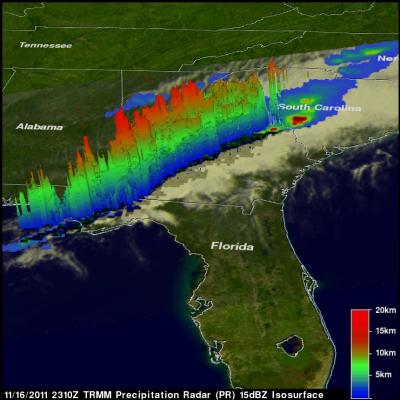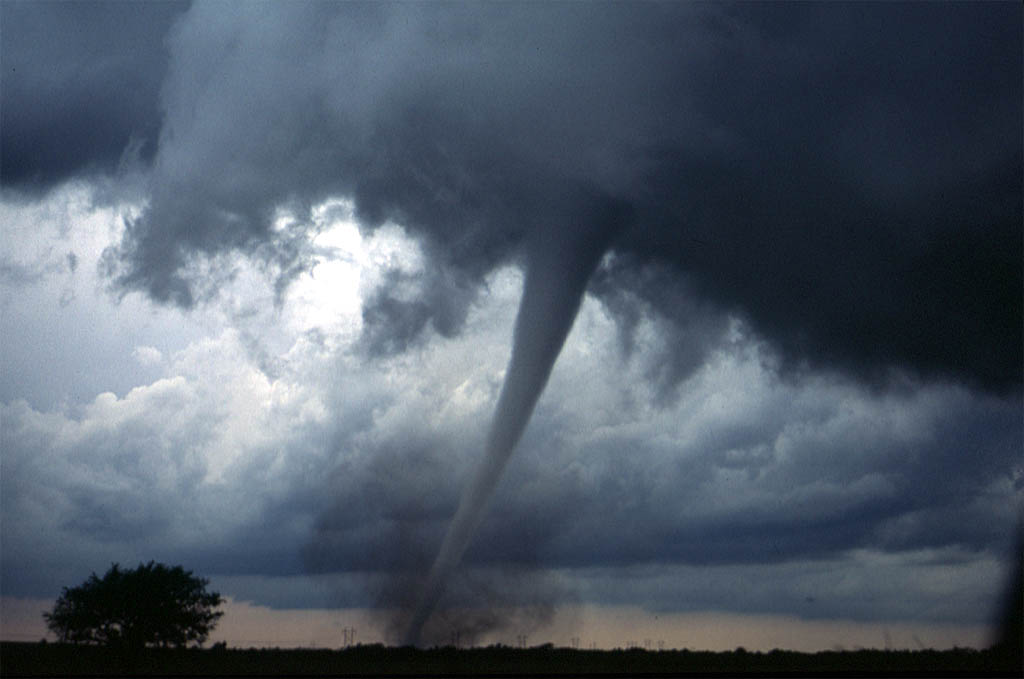Tornadoes Devastate Parts of the Great Plains
It's springtime in the Plains, which means the increased likelihood that severe weather, including tornadoes, will occur somewhere across the region. After a week of relative quiet, a strong storm system moved out of the southern Rockies and out into the Central Plains. In association with this system, strong southerly winds at low levels drew Gulf moisture up across Texas and into Oklahoma and Kansas while strong jet-stream winds aloft raced northeastward around the base of an upper-level trough over the four-corners region and out over the Plains, setting the stage for a potential severe





